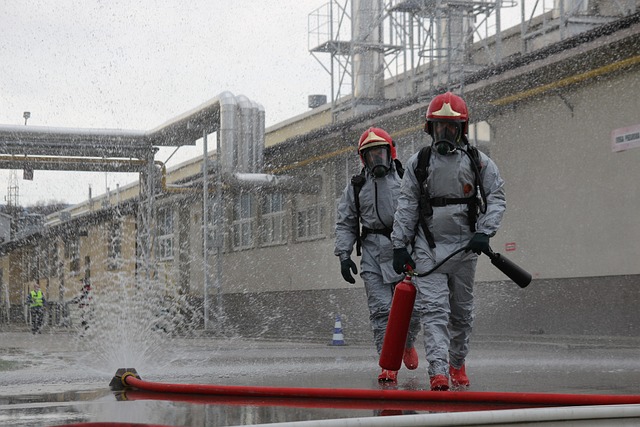Every photographer, whether a novice or a seasoned pro, has encountered those moments of frustration. You’re on the perfect shoot, the lighting seems magical, and yet, when you review the photos, everything feels off. Understanding exposure is crucial, and this guide aims to help you master it, so you can capture images that truly reflect your vision.
Exposure in photography isn’t just about the ‘bright’ or ‘dark’ aspects of a photo; it’s about balancing light and shadow to create an image that tells a story. To excel in this art form, one needs to understand the three pillars of exposure: aperture, shutter speed, and ISO. Each element plays a vital role in how light interacts with your camera’s sensor, affecting the final outcome of your shots.
Aperture, measured in f-stops, controls the depth of field. A lower f-stop (like f/2.8) allows more light to hit the sensor, ideal for portraits with a blurred background. On the other hand, a higher f-stop (like f/16) keeps more of the scene in focus, great for landscape photography. Understanding how to manipulate these settings can help you achieve the desired effect and bring your artistic vision to life.
Shutter speed dictates how long the camera’s sensor is exposed to light. Fast shutter speeds can freeze motion, making them perfect for sports or wildlife photography, while slower speeds can create a beautiful motion blur, ideal for waterfalls or light trails. Finding the right shutter speed takes practice, but the results can be breathtaking.
ISO sensitivity adjusts your camera’s sensitivity to light. Higher ISO settings allow you to shoot in lower light but can introduce noise. As a photographer, learning when to compromise on quality for better exposure is key. This balance is what sets apart a breathtaking photograph from an average one.
Your camera’s optics also greatly influence exposure. Lenses vary in their ability to gather light, with prime lenses often providing wider apertures compared to zoom lenses. Choosing the right lens for your shoot can transform a well-exposed image into an extraordinary one.
Employing the histogram on your camera display can serve as a valuable tool in the exposure process. It provides a visual representation of the tonal distribution in your image, helping you assess whether the exposure is under, over, or perfectly balanced. Don’t shy away from reviewing your histogram after each shot; it can be your guiding light to refining your technique.
Don’t forget the importance of practice. Mastering exposure takes time and experimentation. Attend workshops, collaborate with fellow photographers, and most importantly, get out there and shoot! With time, you will start to intuitively understand how different settings interact and how to achieve the exposures that elicit the emotions you wish to convey.
Photography is not just a technical skill; it’s an art form that connects deeply with our emotions. When you feel confident in your exposure techniques, you’ll be able to capture moments that resonate with others. Remember, every great photographer started at the beginning, and with the right knowledge and dedication, you too can master exposure and elevate your photography game.



